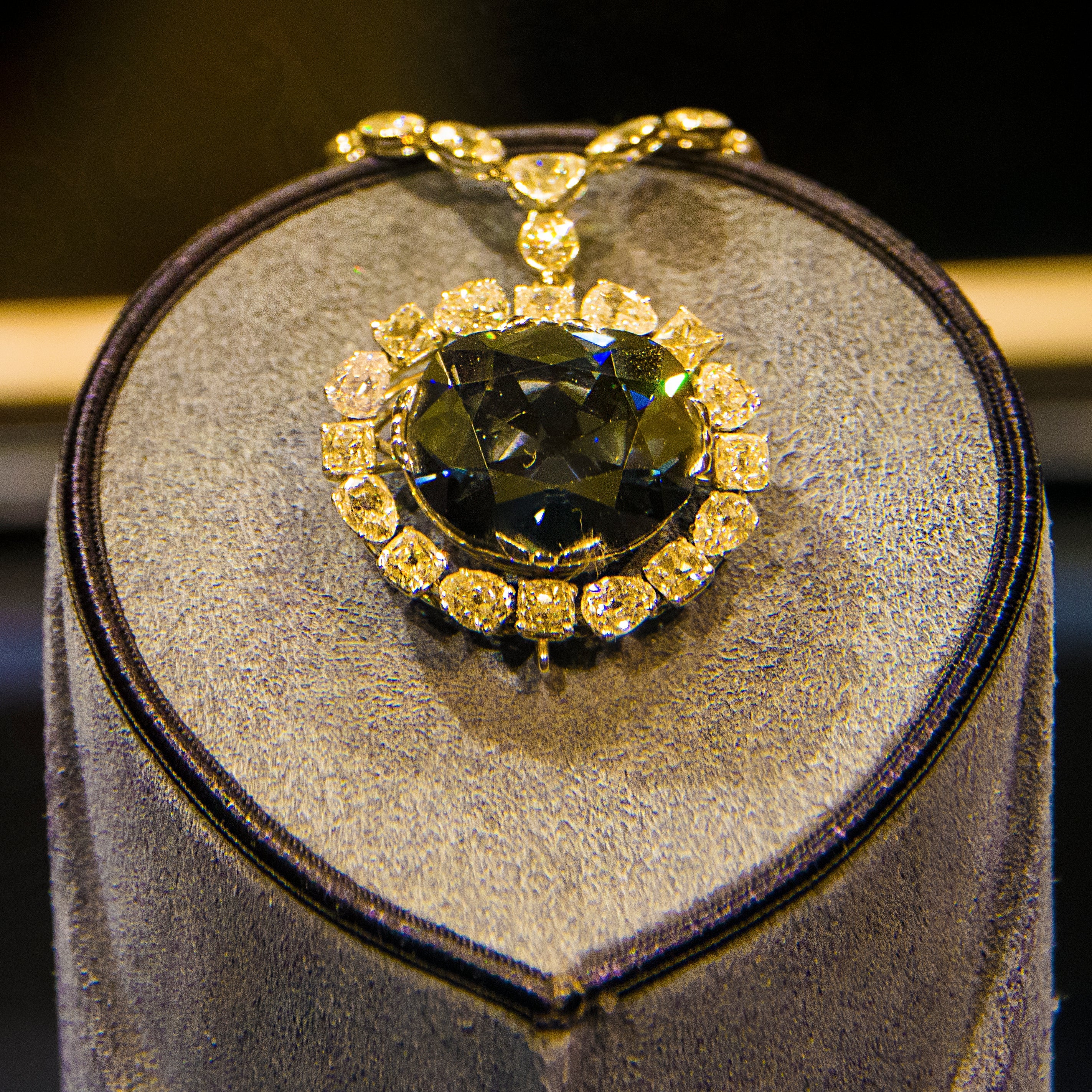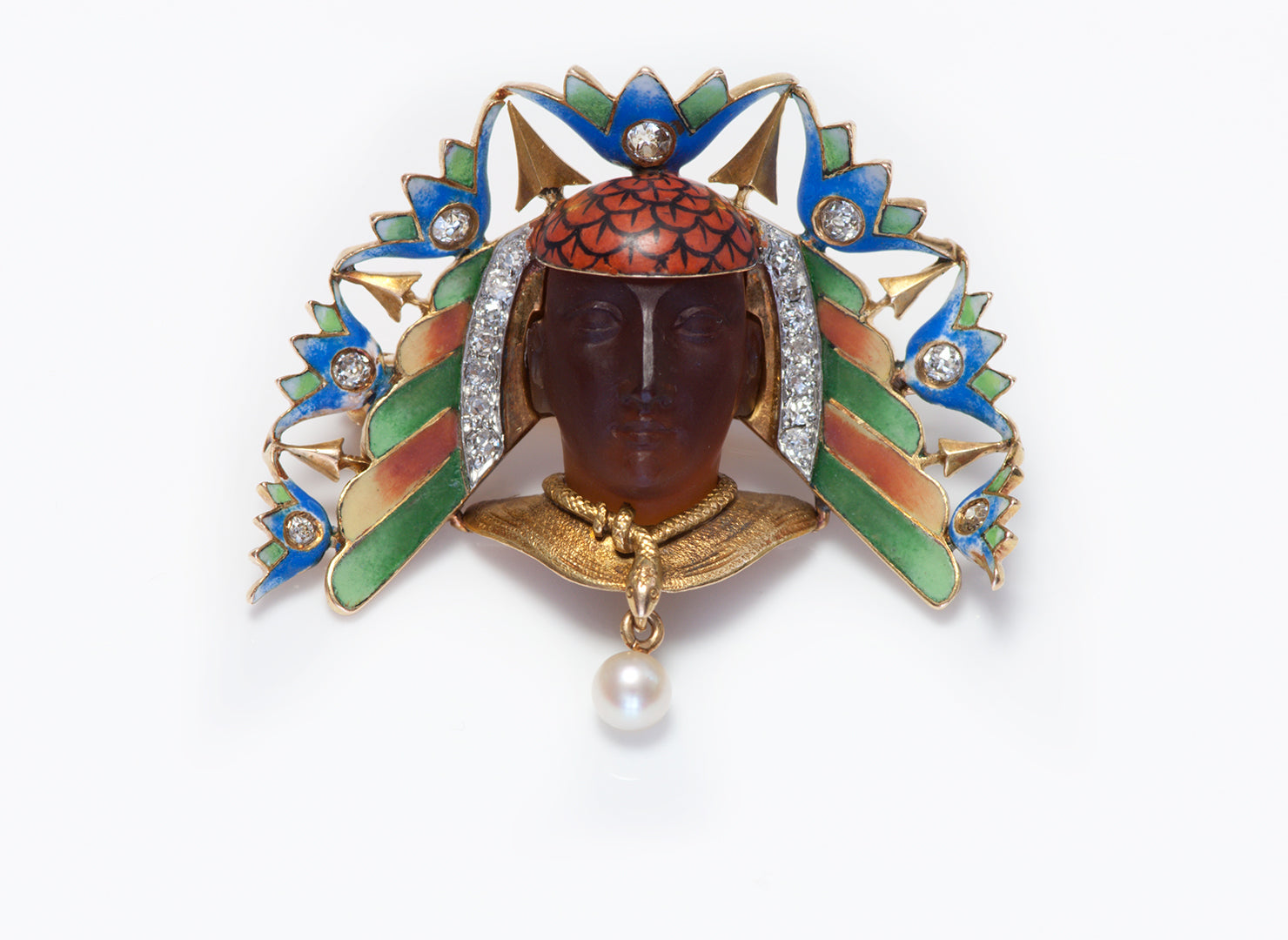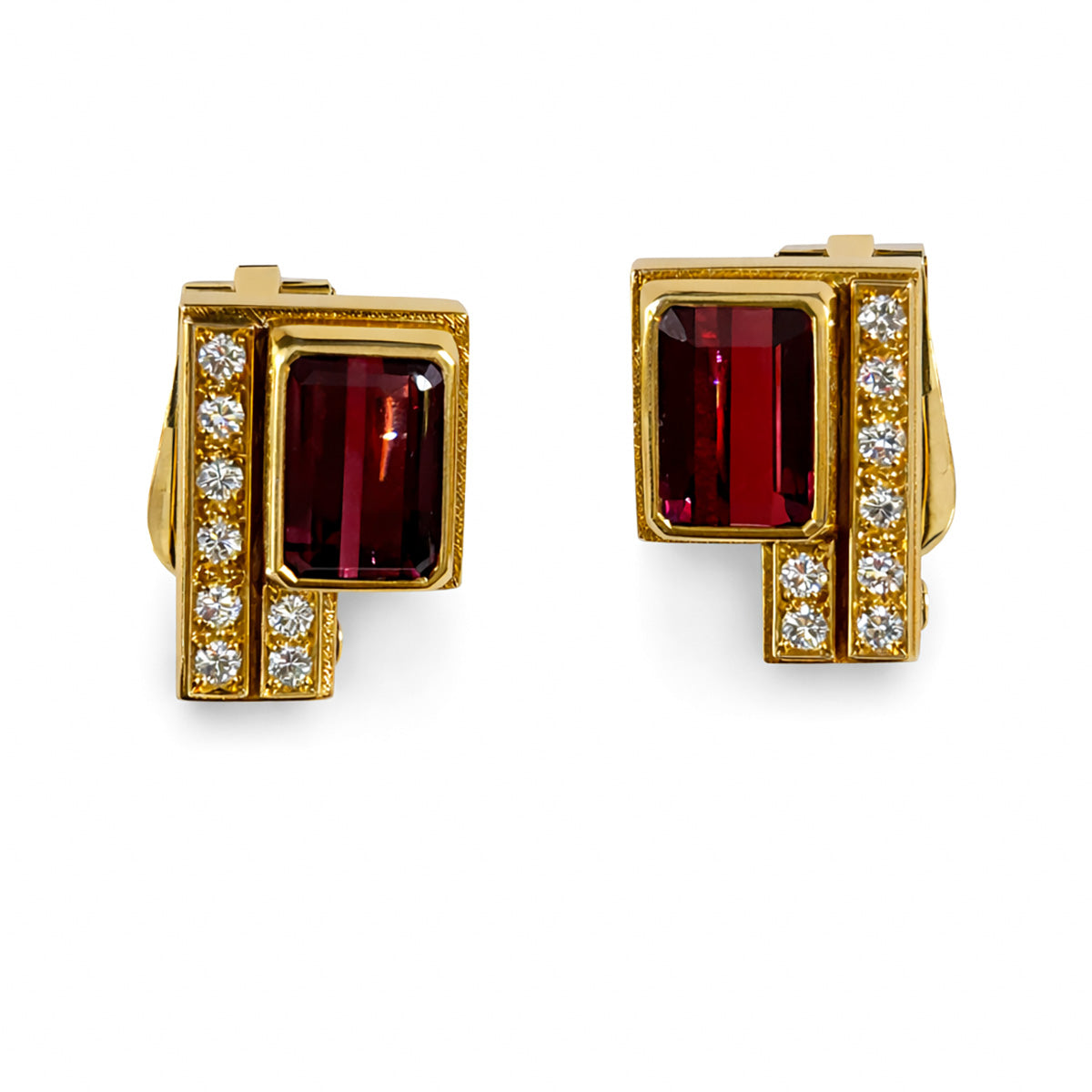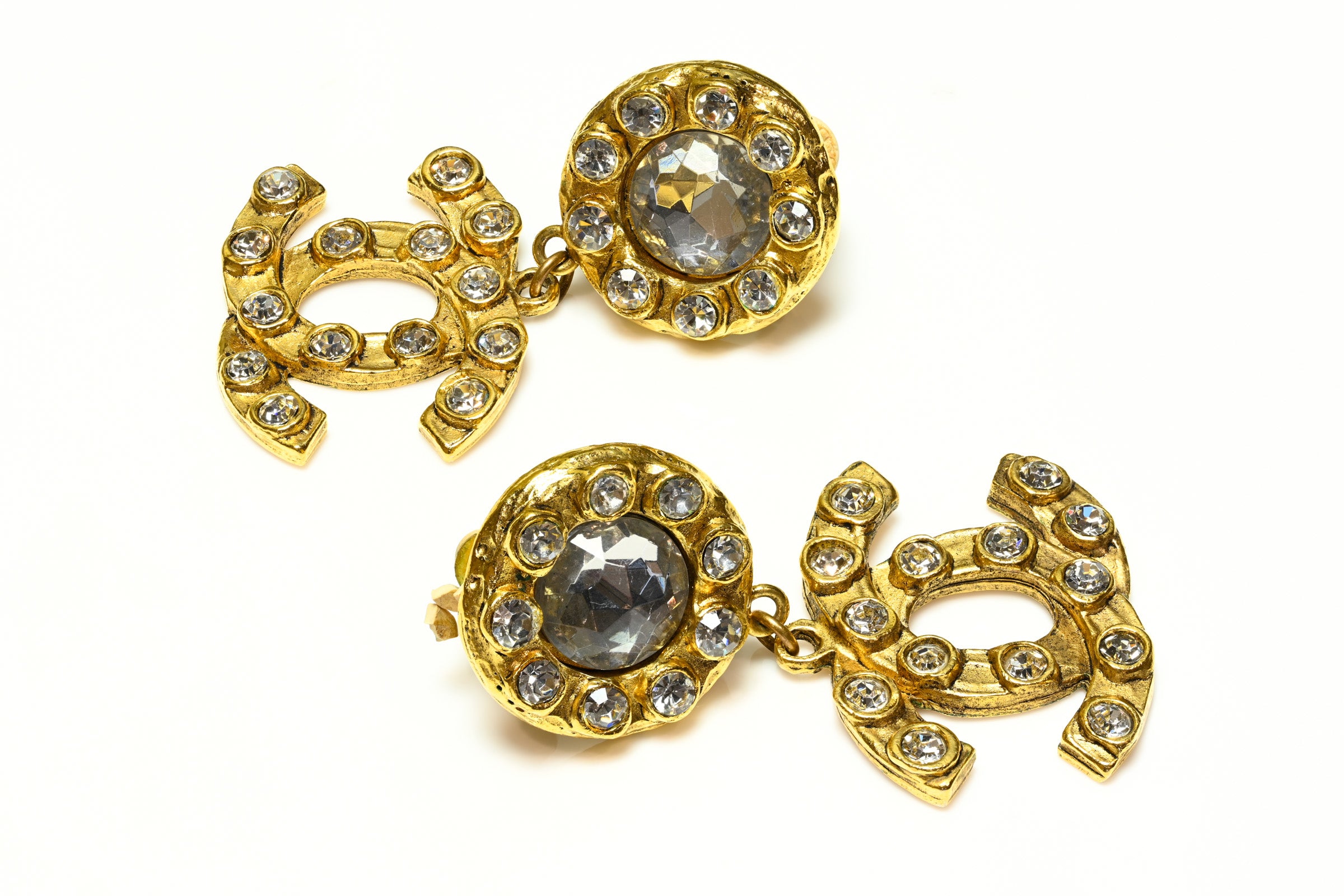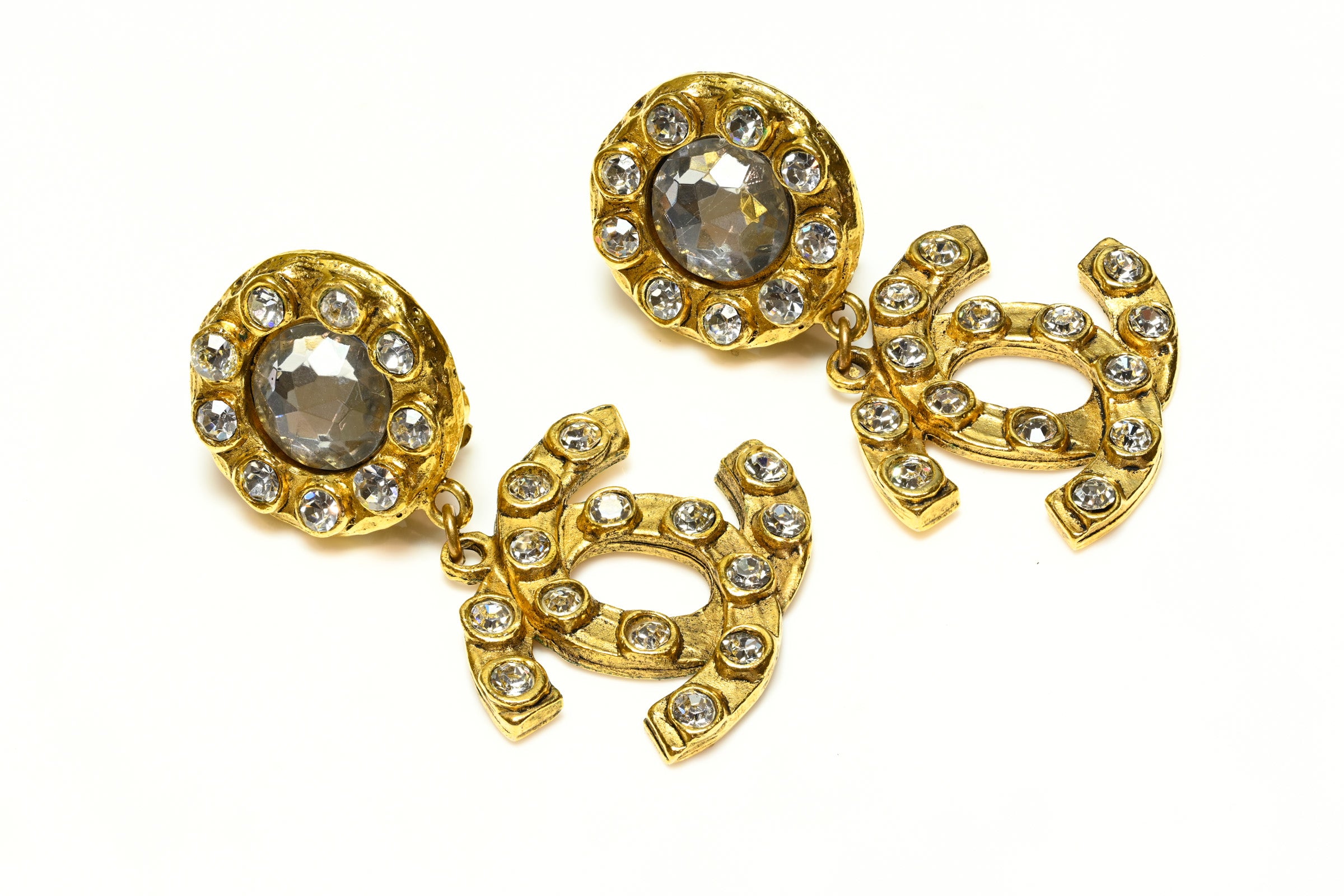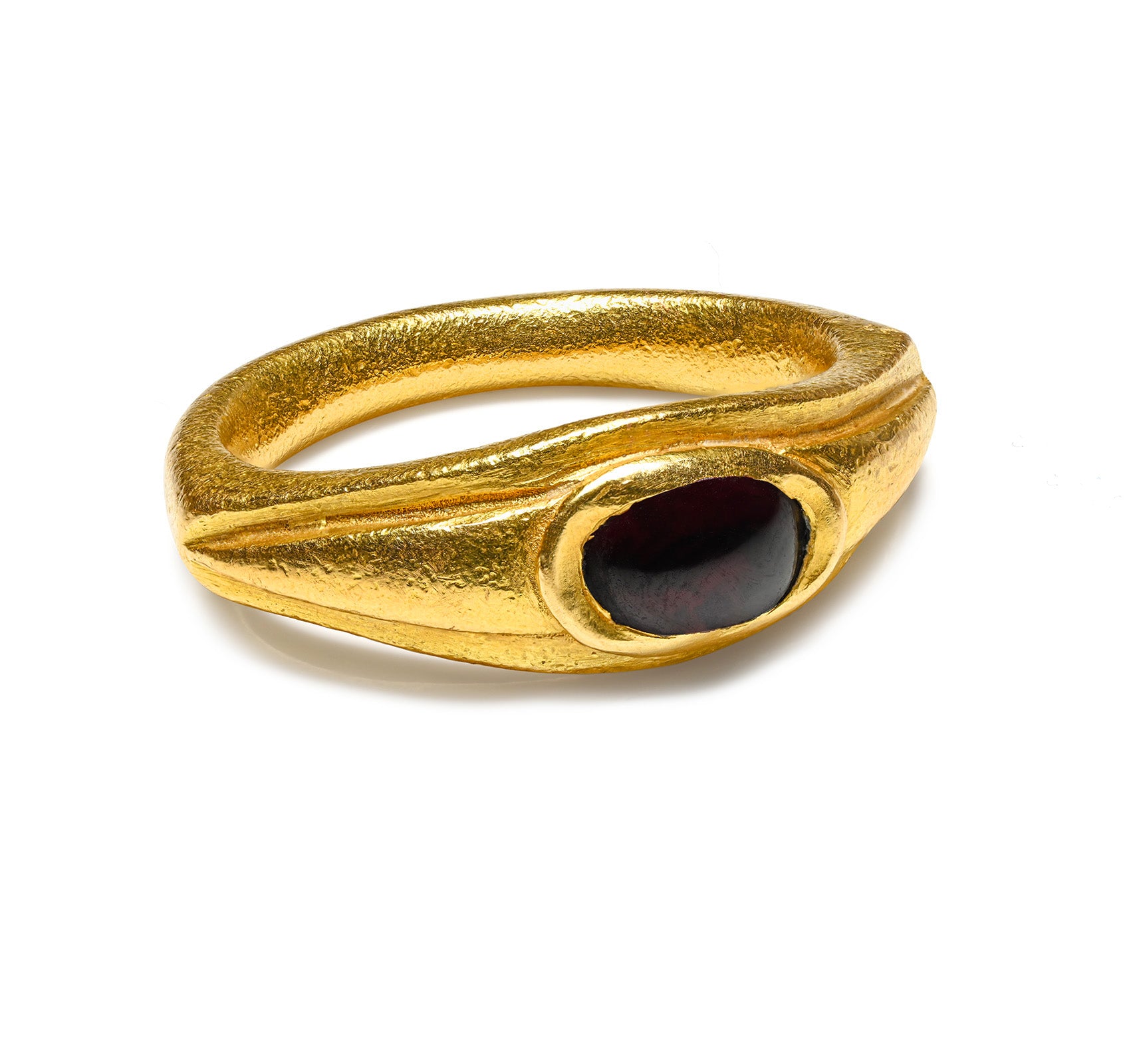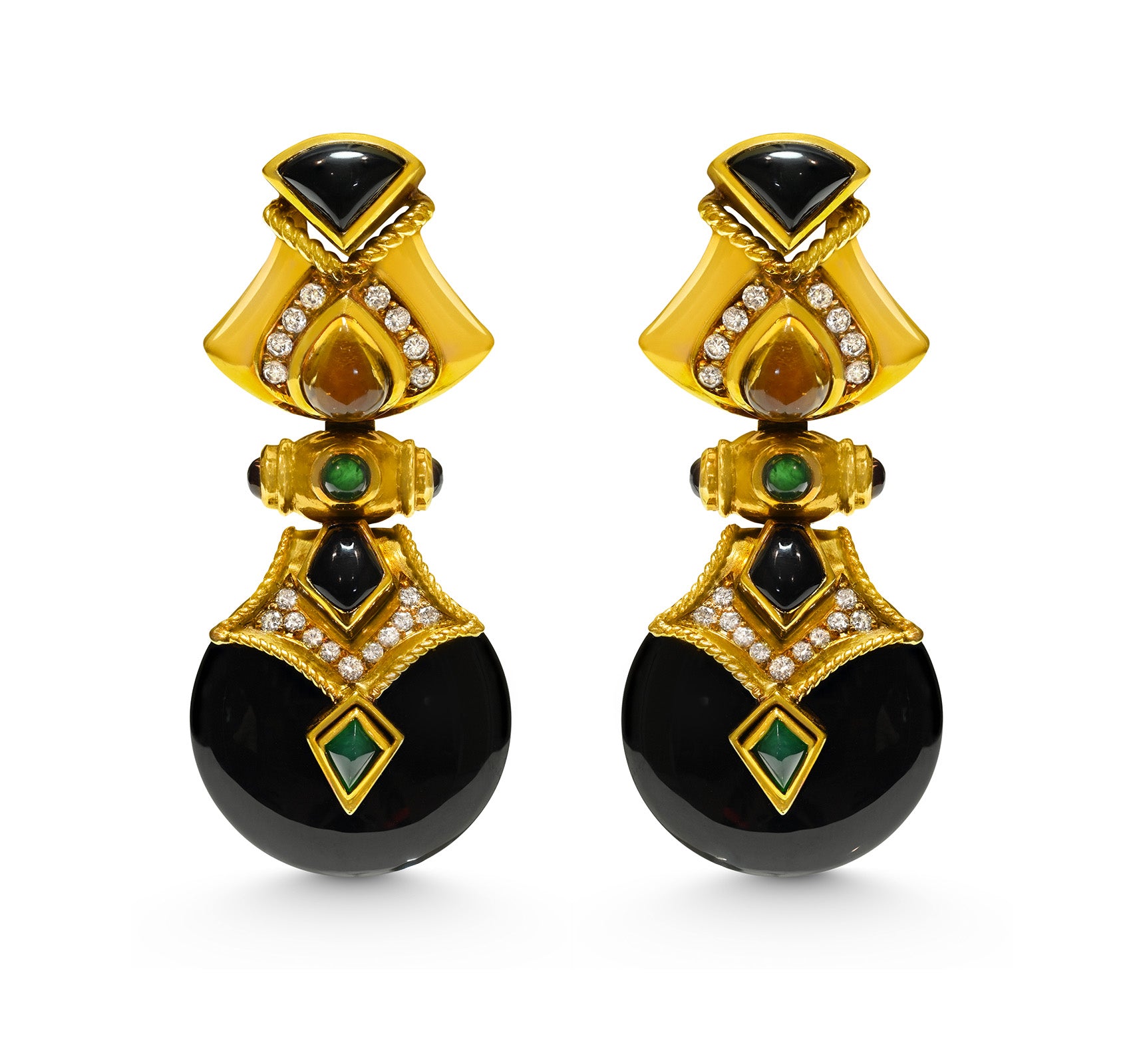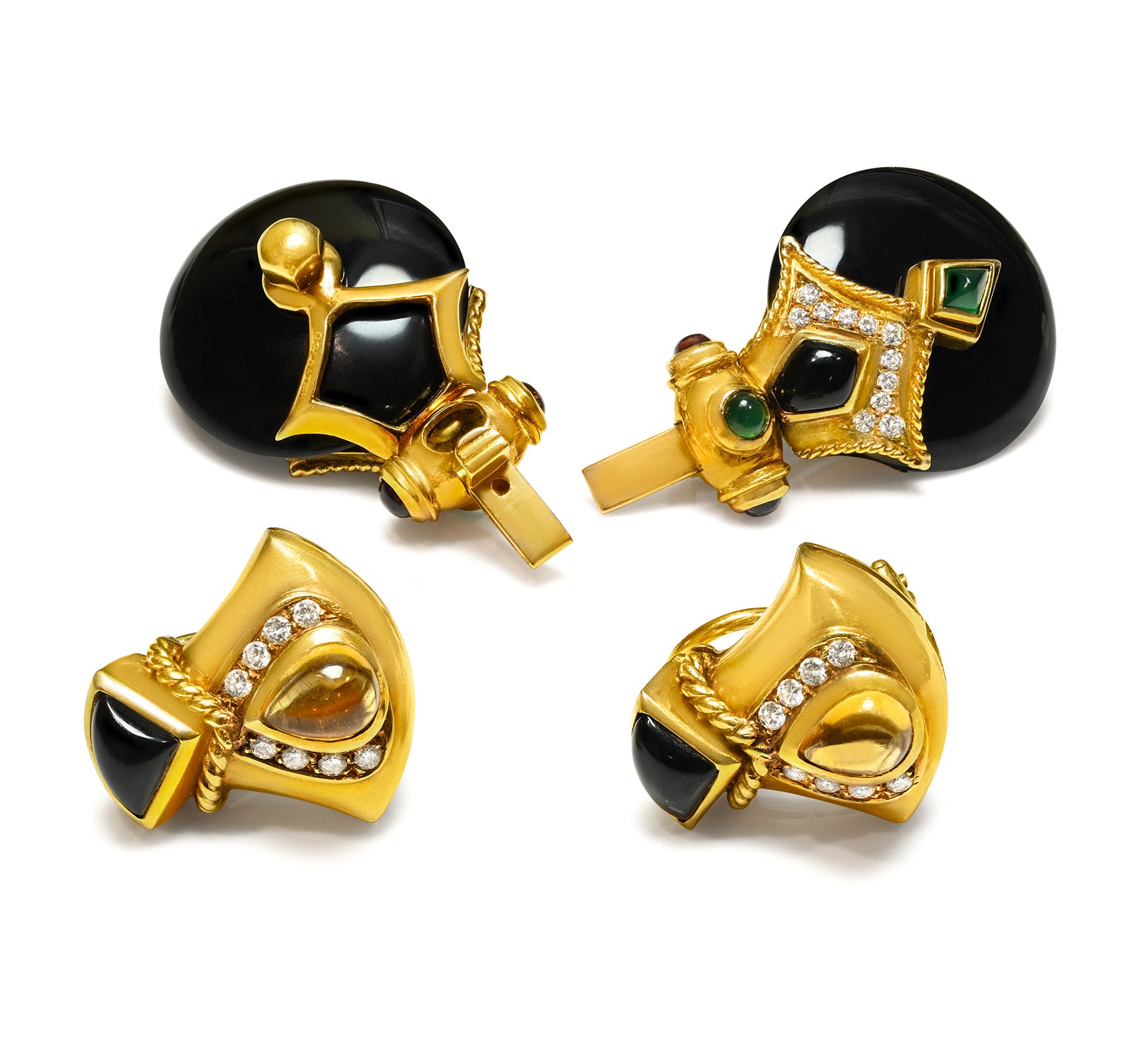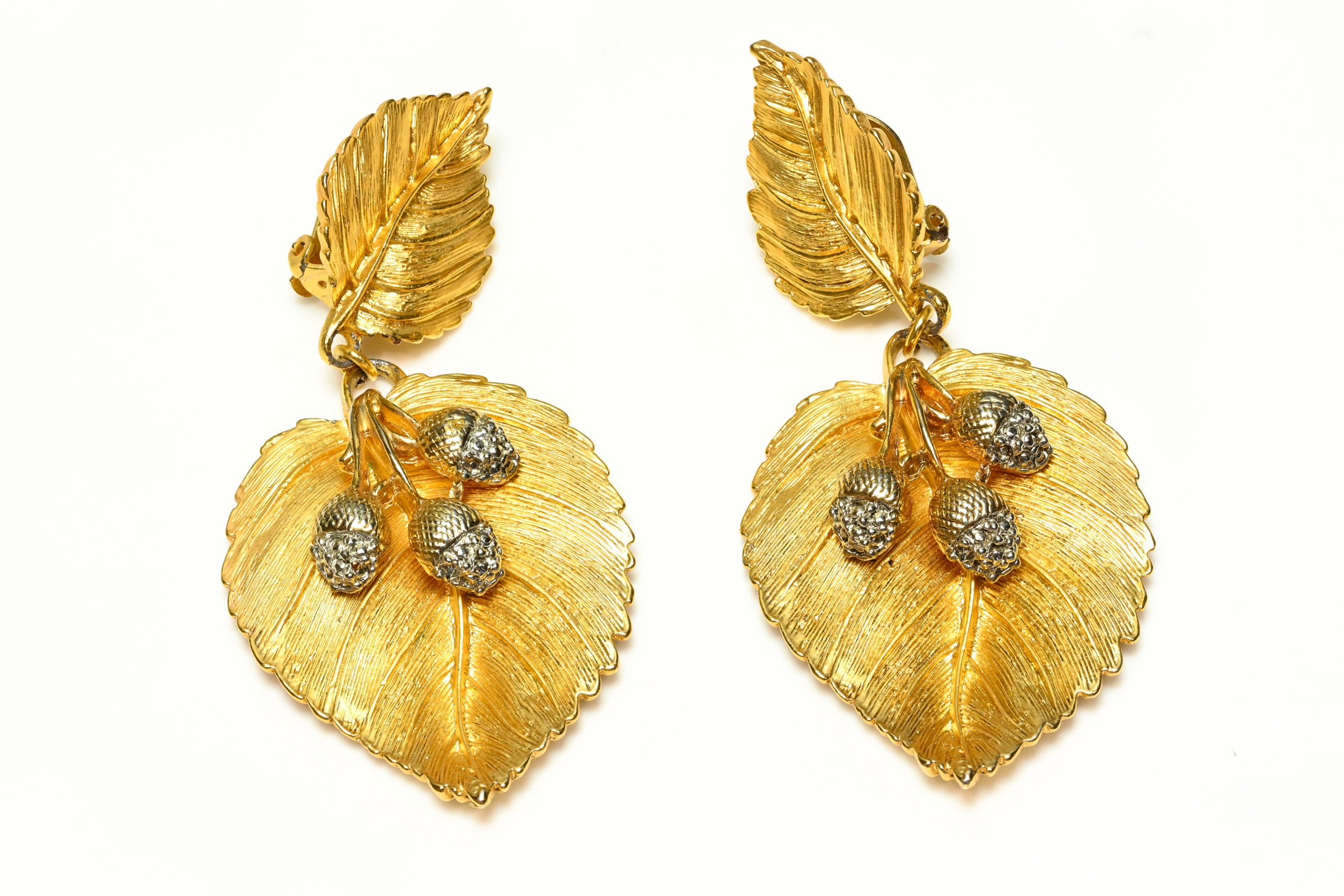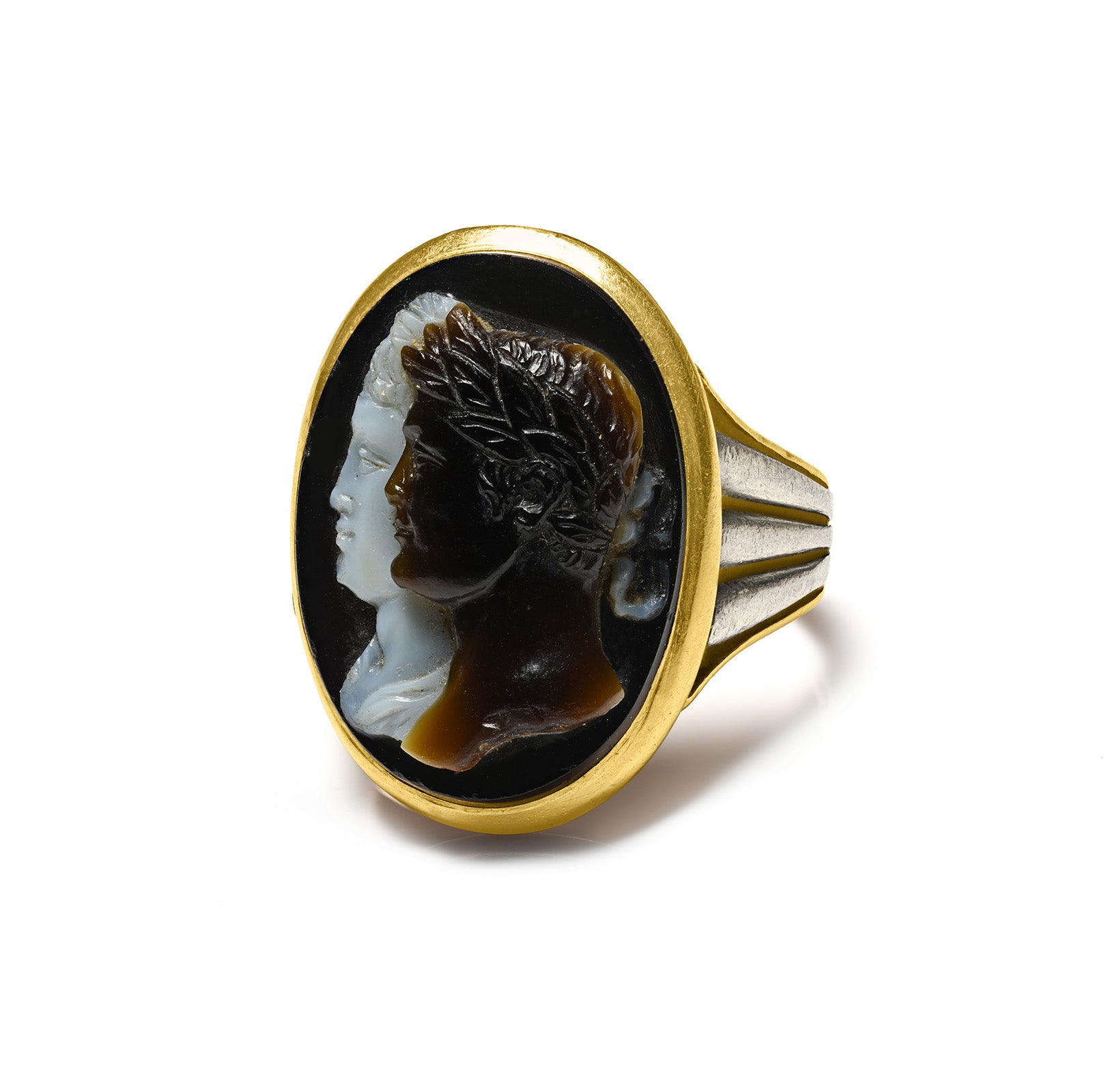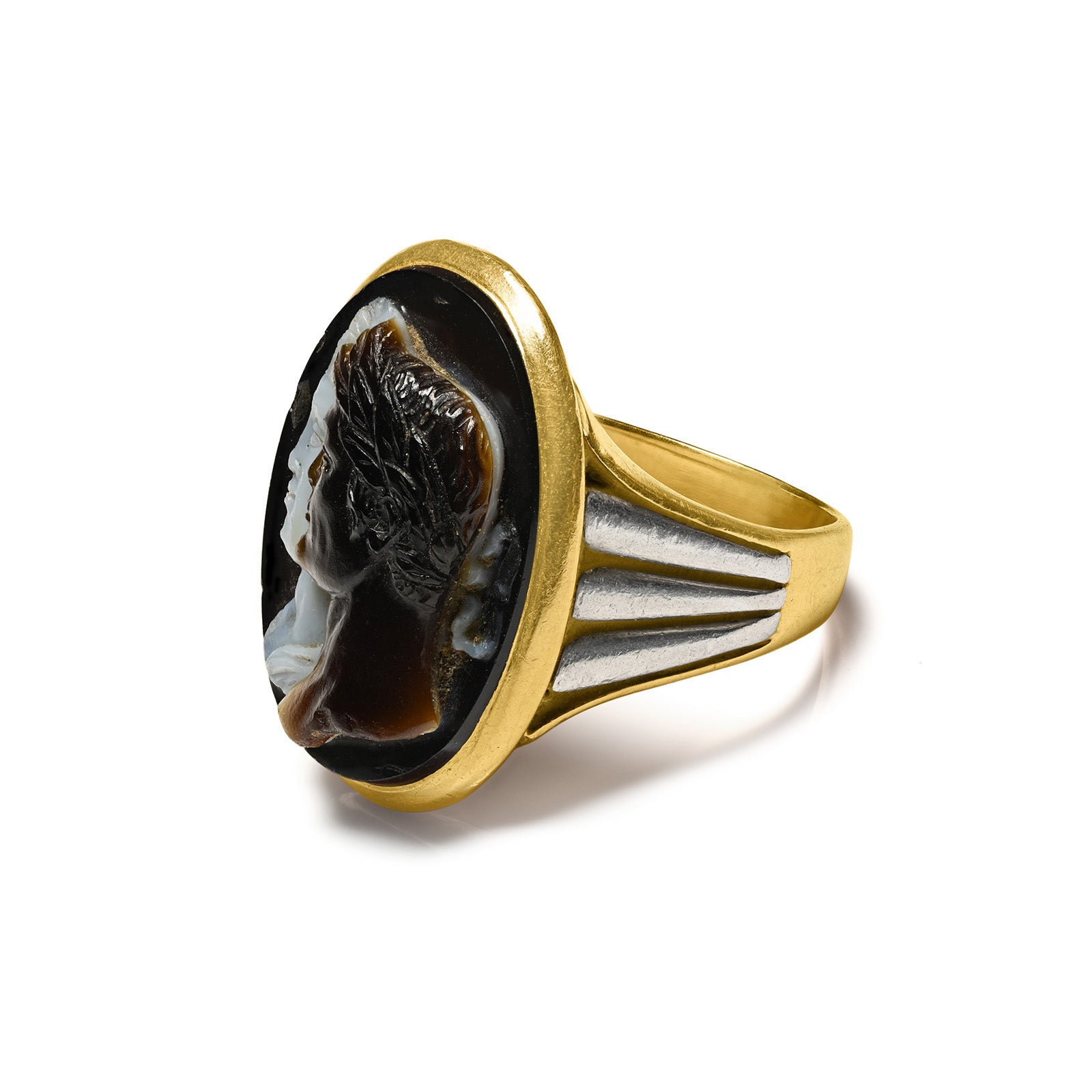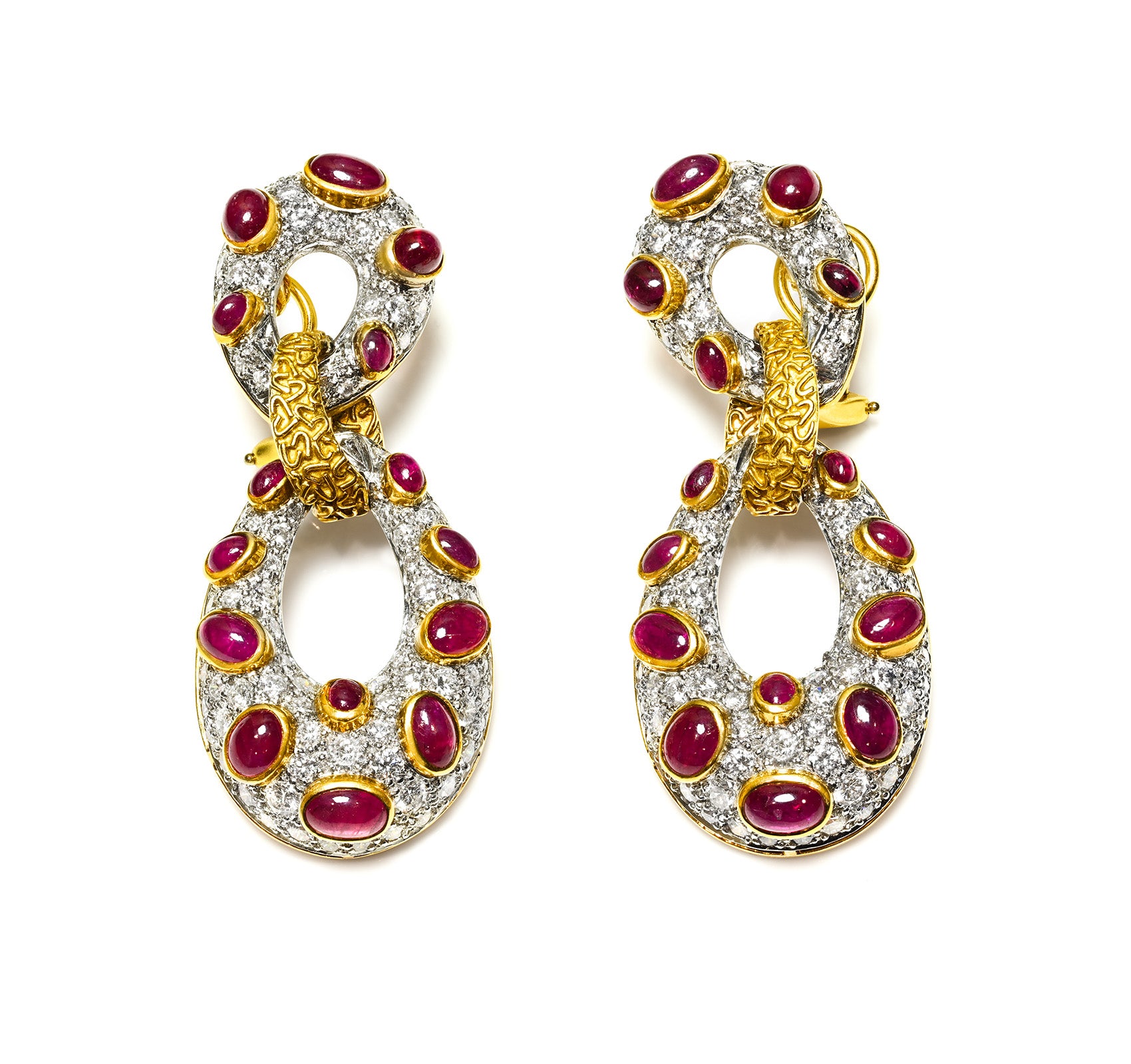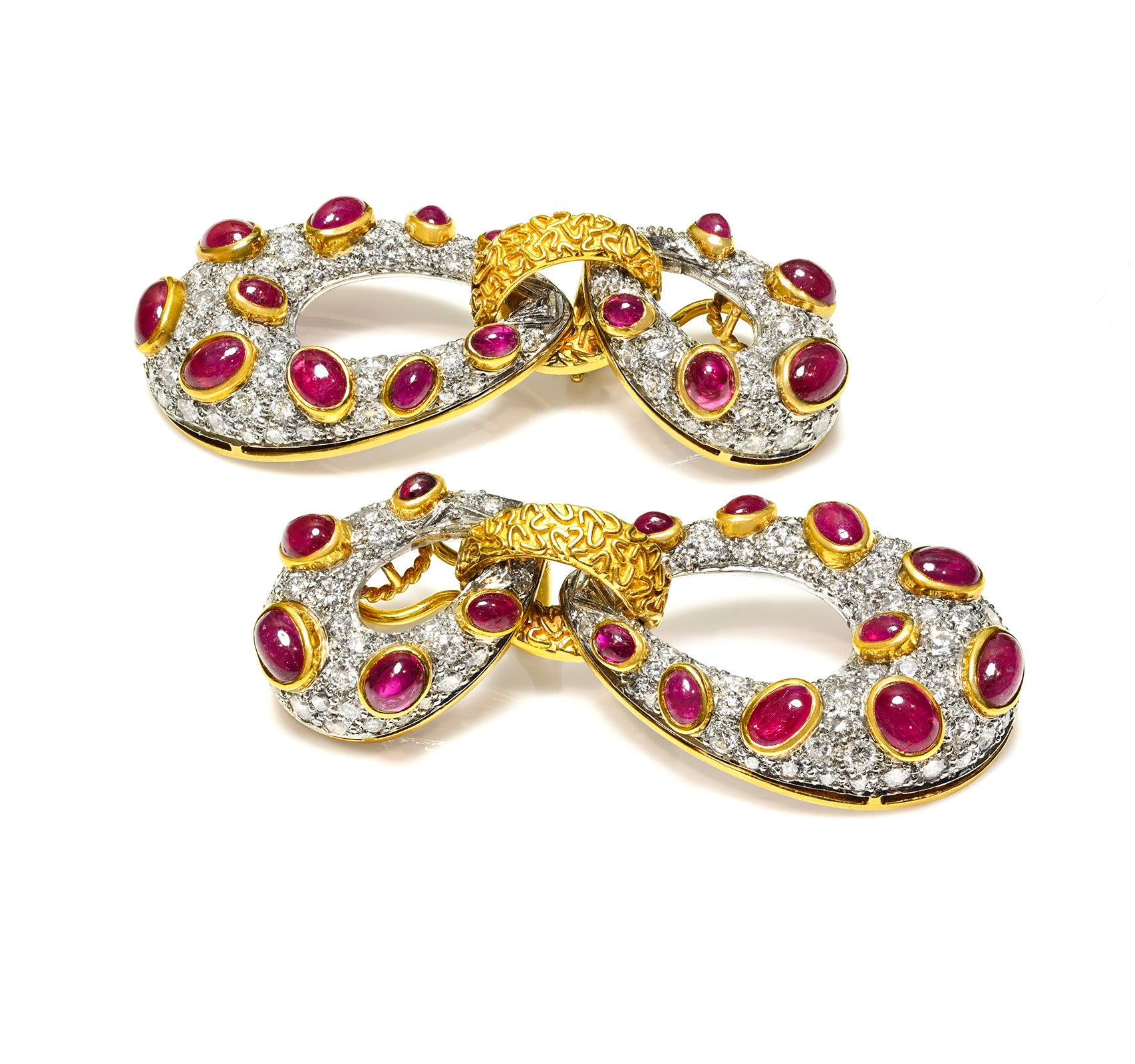
Gold: Between Myths and Symbols
The word "gold" has a rich linguistic history, tracing back through various languages and historical stages:
Old English: In Old English, the term for gold is "geolu," which means "yellow," reflecting the metal's vibrant color. Another Old English term for gold is "gold," which closely resembles the modern English word.
Proto-Germanic: The Old English "gold" originates from Proto-Germanic *gulþą, indicating that Germanic tribes used a similar term.
Proto-Indo-European: The Proto-Germanic *gulþą derives from the Proto-Indo-European root *ǵhel-/*ǵhol-, meaning "to shine" or "yellow," emphasizing gold's gleaming quality.
Latin Influence: The Latin word for gold is "aurum," which has influenced various Romance languages, such as "oro" in Spanish and Italian and "or" in French.
Old English: In Old English, the term for gold is "geolu," which means "yellow," reflecting the metal's vibrant color. Another Old English term for gold is "gold," which closely resembles the modern English word.
Proto-Germanic: The Old English "gold" originates from Proto-Germanic *gulþą, indicating that Germanic tribes used a similar term.
Proto-Indo-European: The Proto-Germanic *gulþą derives from the Proto-Indo-European root *ǵhel-/*ǵhol-, meaning "to shine" or "yellow," emphasizing gold's gleaming quality.
Latin Influence: The Latin word for gold is "aurum," which has influenced various Romance languages, such as "oro" in Spanish and Italian and "or" in French.
Gold has long fascinated humanity due to its monetary and spiritual value, as well as its unique properties. This allure has inspired numerous myths and legends across diverse cultures.
Mystical and Magical: Gold's brilliance is often associated with the sun, a life-giving force on Earth. Many ancient cultures revered the sun as a deity.
Symbol of Wealth: Gold's connection to wealth is evident in legends like that of King Midas, who turned everything he touched into gold, and in historical events such as the California Gold Rush. The gold standard further solidified its reputation as a symbol of financial security.
Social Status: Throughout history, gold has represented the highest social ranks. From the Etruscans to the Mayans, gold crowns and dental gold were exclusive to the elite.
Biocompatibility and Longevity: Gold's biocompatible nature has made it synonymous with longevity and immortality. Research has shown potential health benefits of gold, including immune stimulation, anti-inflammatory properties, and effects against aging.
Mystical and Magical: Gold's brilliance is often associated with the sun, a life-giving force on Earth. Many ancient cultures revered the sun as a deity.
Symbol of Wealth: Gold's connection to wealth is evident in legends like that of King Midas, who turned everything he touched into gold, and in historical events such as the California Gold Rush. The gold standard further solidified its reputation as a symbol of financial security.
Social Status: Throughout history, gold has represented the highest social ranks. From the Etruscans to the Mayans, gold crowns and dental gold were exclusive to the elite.
Biocompatibility and Longevity: Gold's biocompatible nature has made it synonymous with longevity and immortality. Research has shown potential health benefits of gold, including immune stimulation, anti-inflammatory properties, and effects against aging.
Jason and the Golden Fleece
In Greek mythology, Jason is the son of Aeson, the rightful king of Iolcos. After his uncle Pelias usurps the throne, Jason is raised by the centaur Chiron. Upon reaching adulthood, Jason returns to reclaim his throne. Pelias agrees to relinquish it on the condition that Jason retrieves the Golden Fleece, a symbol of kingship and prosperity, from Colchis.
Jason gathers a group of heroes, known as the Argonauts, and sets sail on the ship Argo. Among his companions are notable figures such as Hercules, Orpheus, and Castor and Pollux. They face numerous perils, including harpies, giants, and treacherous waters.
Upon reaching Colchis, King Aeëtes assigns Jason nearly impossible tasks to obtain the Golden Fleece, including yoking fire-breathing bulls and sowing dragon's teeth that sprout into an army of warriors. With the help of Aeëtes’ daughter, Medea, who uses her magical powers, Jason completes the tasks and secures the Golden Fleece by putting its guardian dragon to sleep.
Although Jason and the Argonauts successfully return to Iolcos with the Golden Fleece, their journey back is fraught with danger. Upon arrival, Jason confronts Pelias, leading to treachery and tragedy, further complicating his life.
In Greek mythology, Jason is the son of Aeson, the rightful king of Iolcos. After his uncle Pelias usurps the throne, Jason is raised by the centaur Chiron. Upon reaching adulthood, Jason returns to reclaim his throne. Pelias agrees to relinquish it on the condition that Jason retrieves the Golden Fleece, a symbol of kingship and prosperity, from Colchis.
Jason gathers a group of heroes, known as the Argonauts, and sets sail on the ship Argo. Among his companions are notable figures such as Hercules, Orpheus, and Castor and Pollux. They face numerous perils, including harpies, giants, and treacherous waters.
Upon reaching Colchis, King Aeëtes assigns Jason nearly impossible tasks to obtain the Golden Fleece, including yoking fire-breathing bulls and sowing dragon's teeth that sprout into an army of warriors. With the help of Aeëtes’ daughter, Medea, who uses her magical powers, Jason completes the tasks and secures the Golden Fleece by putting its guardian dragon to sleep.
Although Jason and the Argonauts successfully return to Iolcos with the Golden Fleece, their journey back is fraught with danger. Upon arrival, Jason confronts Pelias, leading to treachery and tragedy, further complicating his life.

The Golden Calf
In the Book of Exodus, during the Hebrews' journey from Egypt to the Promised Land, Moses ascends Mount Sinai to receive the Ten Commandments from God. In his prolonged absence, the impatient Israelites persuade Aaron, Moses' brother, to create a new deity. Aaron collects their gold jewelry and fashions a golden calf, which the people then worship.
When Moses returns and sees the idol, he is furious. In his anger, he breaks the stone tablets inscribed with the commandments, destroys the golden calf, grinds it into powder, and makes the Israelites drink it as punishment for their idolatry.
Eldorado
The myth of El Dorado originated in the 16th century when Spanish explorers encountered tales of a wealthy king who, during his coronation, was covered in gold dust and then washed in a sacred lake, believed to be Lake Guatavita in present-day Colombia. This ruler became known as "El Dorado," meaning "the Golden One."
These captivating stories spurred numerous expeditions in search of a city or empire made entirely of gold, but no such place was ever found. The legend of El Dorado has since become synonymous with the futile pursuit of unattainable wealth.
King Midas
King Midas, a figure from Greek mythology, is best known for his ability to turn everything he touched into gold, a power bestowed upon him by the god Dionysus in gratitude for Midas' kind treatment of Dionysus' friend, the satyr Silenus.
Initially thrilled with his newfound ability, Midas soon realized its curse when even food and drink transformed into gold, making it impossible for him to sustain himself. Desperate, he pleaded with Dionysus to remove the golden touch. Dionysus instructed Midas to wash in the river Pactolus, transferring the power to the river's sands, which subsequently became rich in gold.
This myth underscores themes of greed and the consequences of one’s wishes, illustrating that wealth cannot replace essential human needs and relationships.

The Golden Ratio
The golden ratio, represented by the Greek letter φ (phi), is approximately equal to 1.618. This mathematical ratio is celebrated for its aesthetic properties and is found in nature, art, architecture, and design. Defined as follows: when a line is divided into two parts, the whole length divided by the longer part equals the longer part divided by the shorter part.
The golden ratio appears in various natural phenomena, such as leaf arrangements, sunflower seed patterns, and the spiral shells of certain mollusks. It also features prominently in human-made structures, from ancient Greek architecture like the Parthenon to Renaissance artworks like Leonardo da Vinci's "Vitruvian Man."
The allure of the golden ratio lies in its unique properties and its association with harmony and balance. Its presence in various aspects of life has earned it the nickname "the divine proportion."
Gold is a captivating metal, especially when crafted into jewelry, which enhances its beauty and value. It is among the metals that best showcase the sparkle and allure of precious stones. If you are interested in investing in gold, DSF Antique offers a stunning array of gold in its most intricate and enchanting form: jewelry.



